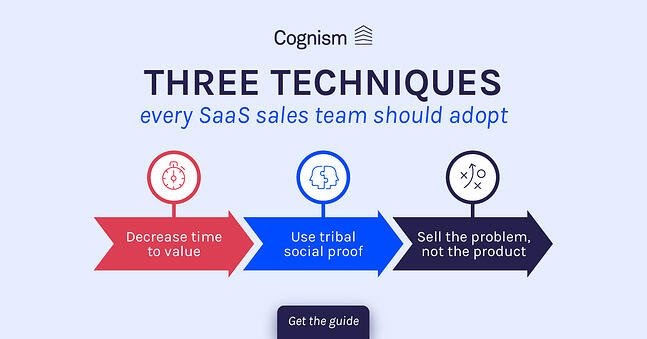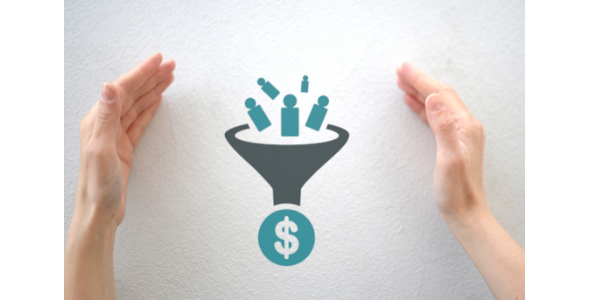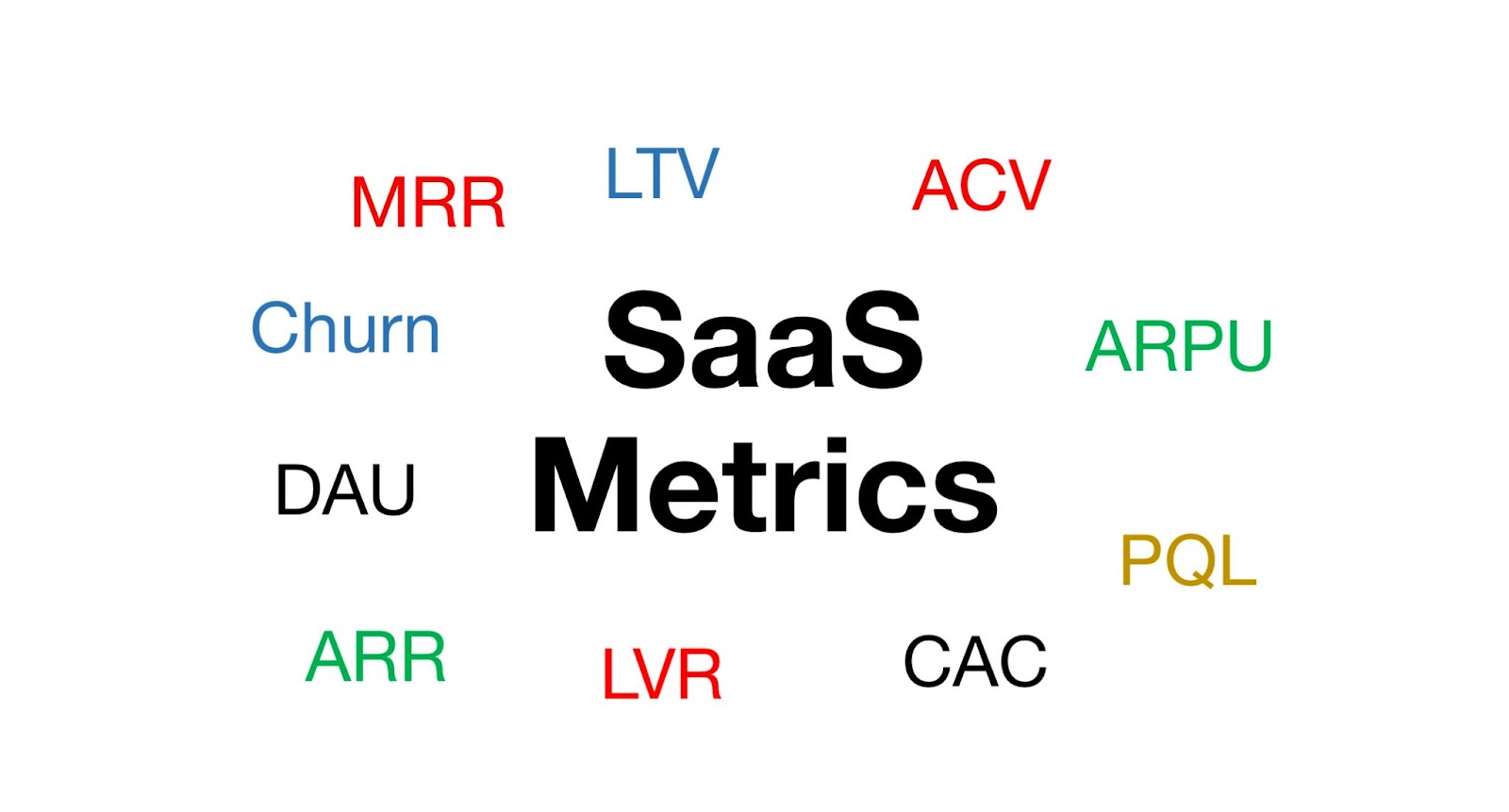Sales metrics are important for every business, and the sales department should have access to the best metrics available. If you are a Sales Manager, here are the key indicators that can help you make smart decisions about your sales teams.

SaaS sales metrics are the metrics used to measure the success of a SaaS company. They help you understand what kind of impact your product is having on customers and where you can improve your business.
SaaS Sales metrics is a way of measuring and analyzing the performance of your website. It gives you detailed data on the number of visitors, their engagement, bounce rate, average order value and more.
It is a measure of the effectiveness of sales efforts. The term "sales metrics" may refer to anything from a single metric to an entire set of metrics that can be used to gauge the success or failure of sales operations.
The three most important metrics that need to be tracked are:

1. Conversion rate - The percentage of people who sign up for a free trial or paid plan within a given time period, as well as those who convert from free trial to paid plan
Conversion rate is a term used in digital marketing to measure the number of people who become leads, customers, or subscribers for your company.
Conversion rates are typically measured as the percentage of people who complete an action you've asked them to do. For example, if you're selling a product online and want to know how many people purchase that product on your website, then you can use conversion rate as a metric to determine how successful your website is at converting visitors into buyers.
2. Customer Lifetime Value (LTV) - The total amount an average customer will spend over their lifetime with your company
The customer lifetime value (CLV) is the total revenue generated by a customer over the course of their relationship with your company.
This calculation takes into account the time it takes for customers to become aware of your company, make a purchase, and then reach their first customer support interaction.
It also includes any additional purchases they make as well as sales made via word-of-mouth recommendations from current or former customers.
3. Average order value (AOV) - The average amount a customer spends on your solution
These metrics affect sales and revenue. And with increased revenue, there will likely be an increase in your total company and personal profits.
The average order value in sales is a measure of the amount of money that has been paid for an order placed through the software.
This number is calculated by taking the total revenue generated by all orders and dividing it by the number of orders made.
If you're looking to set up your business as a saas company, it's important to track this metric to know what sort of ROI your company can expect when they purchase your product or service.

By tracking these numbers, you can learn crucial information to strengthen your startup business or accelerate its growth. This data will give insights into the kind of impact you are making on customers which helps determine where to focus marketing efforts for best returns.
1.) Activity : Revenue - Details about how much you are earning every month, what sales channels you are using and how well your business is performing.
2.) Revenue Comparisons - Details about where revenue is increasing the most or falling compared to last quarter.
3.) Customers – How many customers have signed up for paid plans of free trial.
Sales metrics become crucial in maximizing a SaaS product's viability .
If a SaaS product is only providing profit margins of 2% and 3%, then those revenues will unlikely stem much interest. However, when the product's profitability reaches 20%, it becomes more attractive to potential customers who are demanding this kind of return on investment
With further growth in revenue comes increased diversification into various products or services with different audiences that can be used for specific purposes.
For example, an automotive company that uses SaaS to manage service and repair can begin diversifying their products as one customer segment would use the software for parts inventory management while another customer segment would incorporate it into a more complete vehicle management system.
The same is true of any industry with unique needs that could be addressed by appealing different segments of customers
The benefits of using a SaaS metrics tool are numerous. They can help with reporting, analysis, and forecasting your company's performance.
Some of the main benefits include:
• It helps you determine which products or services are more profitable.
• It provides you with insights into how your business is performing and what needs to be improved.
• It helps businesses in different industries get better at competing against each other for customers by providing comparative data on their performance.
• Sales dashboard capabilities allow you to customize your view of the data and see it in context.

Sales metrics are a key element of the overall sales process. They allow companies to understand their current and future performance, track success rates, plan for growth, and forecast revenue.
This is a question that is not easy to answer because the benefits of sales metrics are many.
Here, we have listed out some of the most important benefits of sales metrics that can help you rank high in your business:
1. No Sign Up Fees.
2. Ability To Set Up Custom Reports In Minutes.
3. Works On Multiple Platforms.
4. Unlimited Subscriptions.
5. Measuring customer satisfaction.
6. Understanding your sales cycle.
7. Identifying effective selling strategies.
8. Customers can build their own reports.
9. Discover new products and services.
10. Give your customers advanced information to help with product selection and buying decision-making process.
11. Generate custom analytics reports that meet specific needs of business users such as CRM reporting , product profitability metrics, and advertising effectiveness.
12. Track Key Metrics such as Return on Investment (ROI), Activity Rates, Total Sales per Rep., etc.
13. Automated Marketing Tools via email Campaigns with Reports that include Frequency of Visit Rate to the site from recipients inbox & Sent Content Quantity Distribution among various recipient groups within a subscriber list.
14. Up-to-date market intelligence reports about competitive trends in your industry.
15. Automated record keeping and easy analysis of performance reports to calculate results for monthly, weekly & daily basis or month-to-month goal periods.
As a SaaS company, we often have to track our sales and engagement metrics. To increase your sales, you need to get more leads and build a great relationship with them. But how do you know which lead is the best one? And how can you use these metrics to improve your conversion rate?
The good news is that there are a number of different tools that can help you figure out which lead is the right fit for your business. You just need to find the one that works best for you! Let us know in the comments below if you're interested in learning more about this topic.